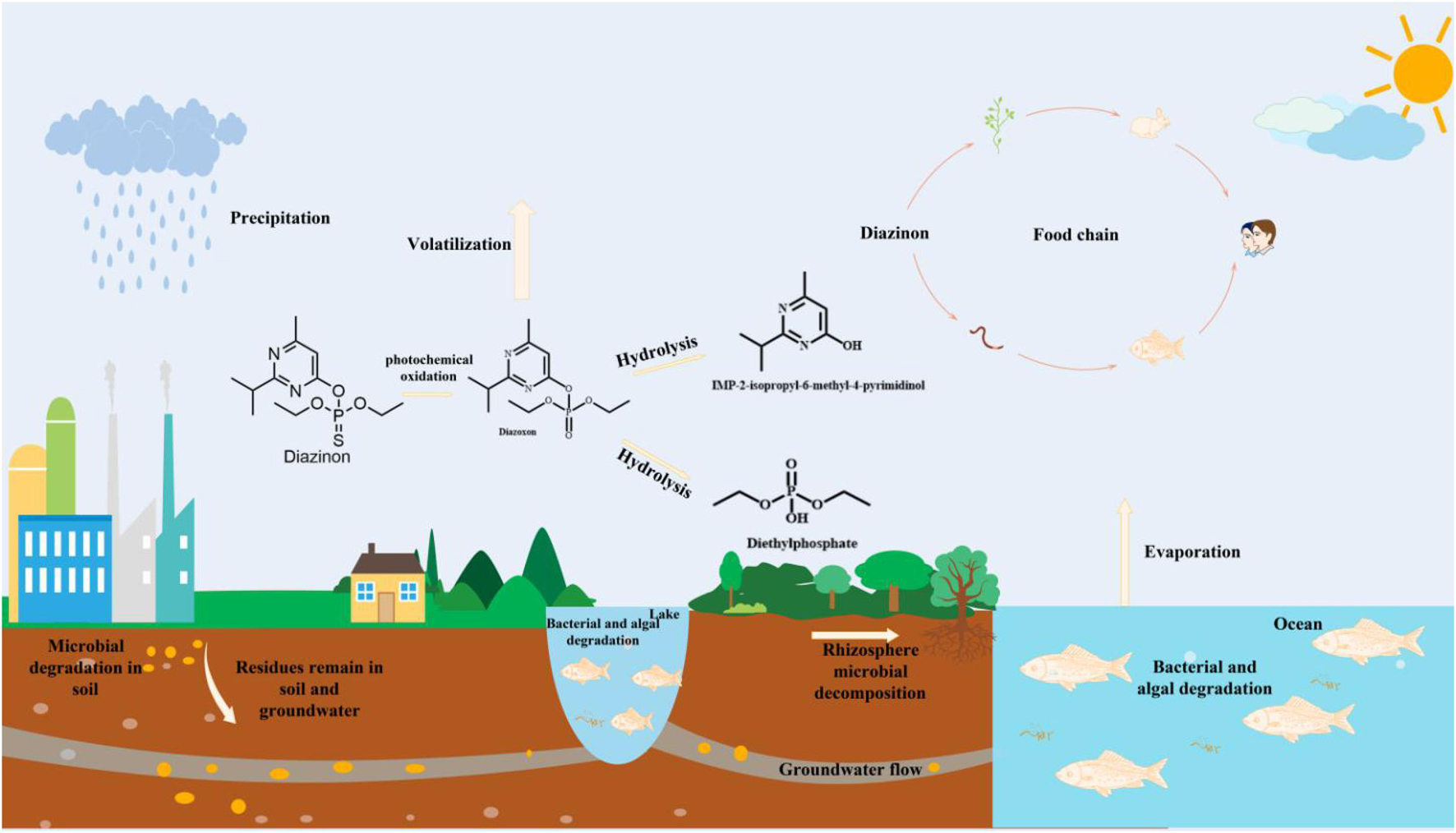Diazinon (DZN) is an organophosphorus pesticide widely used in agriculture and livestock to prevent the spread of pests. Sadly, DZN is known to cause significant toxicity to tissues such as the heart, liver, and kidneys. In addition, its effects on oxidative stress, pro-inflammatory activity, DNA synthesis, and metabolism can harm humans and animals. On the other hand, Fucoidan is a promising supplement. It is a slimy component contained in brown algae such as mozuku and kelp with various physiological activities as a functional component. Still, it has a cytoprotective effect against toxicity such as acetaminophen, alcohol, and carbon tetrachloride.

It has been proven that this benefit can be due to Fucoidan’s antioxidant and anti-inflammatory effects. Research on the therapeutic impact of Fucoidan has received a great deal of attention in recent years. However, despite its safety and physiological effects, it remains undeveloped as a therapeutic agent. Hence, in the blog, I will introduce the study “Fucoidan protects against subacute diazinon-induced oxidative damage in cardiac, hepatic, and renal tissue” by Mohamed M. Abdel-Daim et al. Through this study, I would like to share the results of the chemical protective effect of Fucoidan on subacute DZN-induced toxicity in the heart, liver, and kidney tissue.
In this study, 40 rats were randomly divided into five groups and observed for four weeks in the following breeding environment. The first group (Control) was orally administered saline as a control group. In the second group (FUC200), Fucoidan was orally administered at 200 mg/kg daily. In the third group (DZN), DZN was subcutaneously injected at 20 mg/kg daily. In Group 4 (DZN-FUC100) and Group 5 (DZN-FUC200), DZN was subcutaneously injected at 20 mg/kg daily. Fucoidan was orally administered at 100 mg/kg and 200 mg/kg, respectively.
Fucoidan is derived from kelp. Thus, as an evaluation index, parameters such as 11 types of organ damage biomarkers for serum and six types of oxidative stress markers and inflammation markers for heart, liver, and kidney tissues were measured. Here are the results of cardiac malondialdehyde (MDA, an indicator of oxidation) and serum TNF-α (an indicator of inflammation). First, regarding the effects of MDA, there was no difference in concentration between group 1 and group 2, and no toxicity due to fucoidan administration was observed. However, it was found that the concentration of MDA in the 3rd group was significantly higher than that in the 1st group and that the administration of DZN increased oxidative damage (See Fig. 1).
On the other hand, the MDA concentration in the 4th and 5th groups was lower than that in the 3rd group depending on the dose of Fucoidan, indicating that Fucoidan reduces the oxidative damage caused by DZN (See Fig. 1). A similar tendency was shown for TNF-α (Fig. 2). A similar trend was also observed for all serum parameters, heart, liver, and kidney. The above results indicate that Fucoidan derived from true kelp improves oxidative stress, inflammatory action, and damage to the heart, liver, and kidney tissues caused by DZN. The findings also show Fucoidan’s usefulness as a therapeutic agent. In the future, I believe that Fucoidan is expected to be put into practical use with further research and the molecular pathways of biological effects, including other involved mechanisms.


